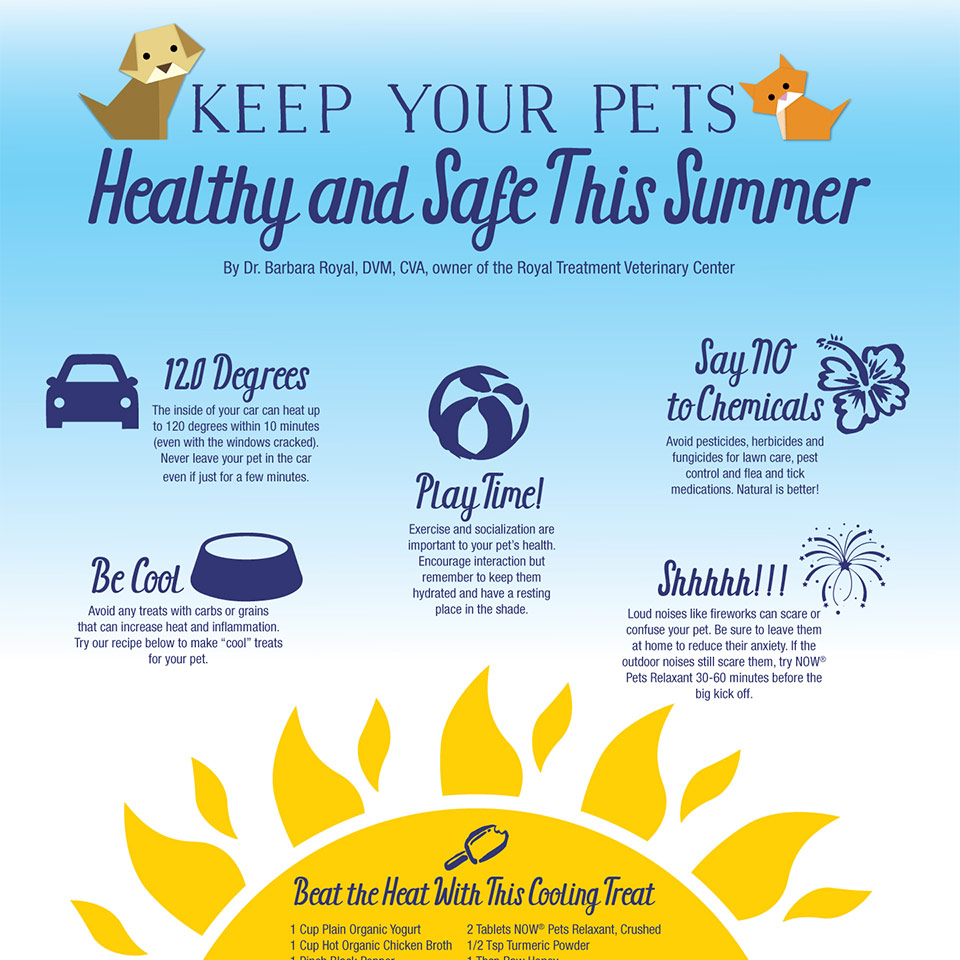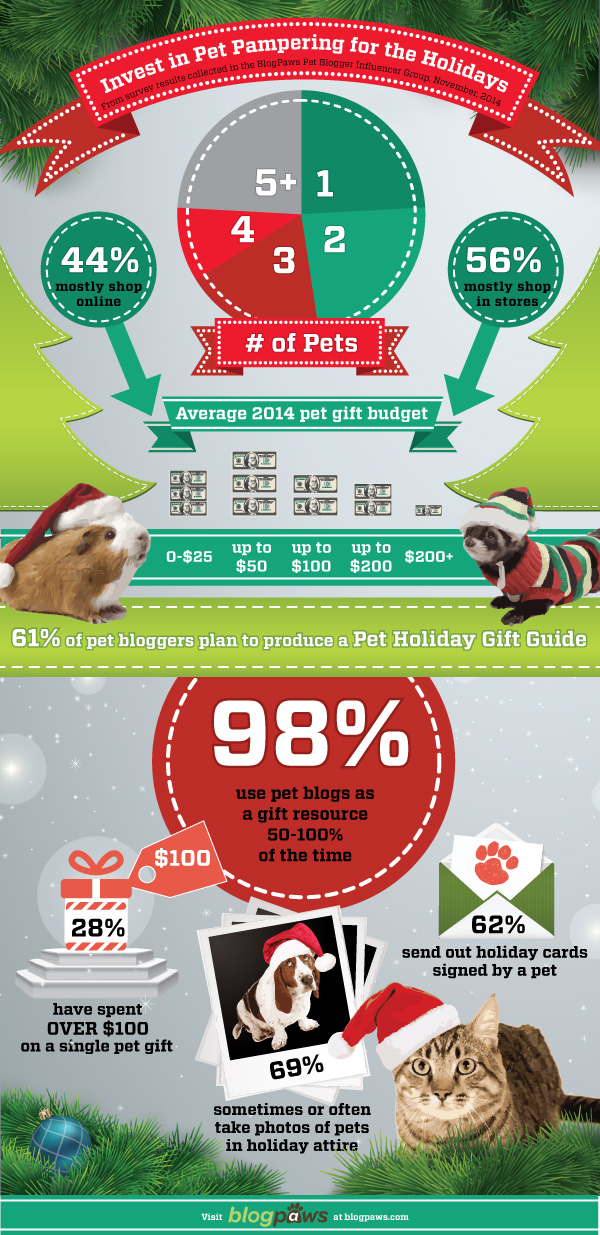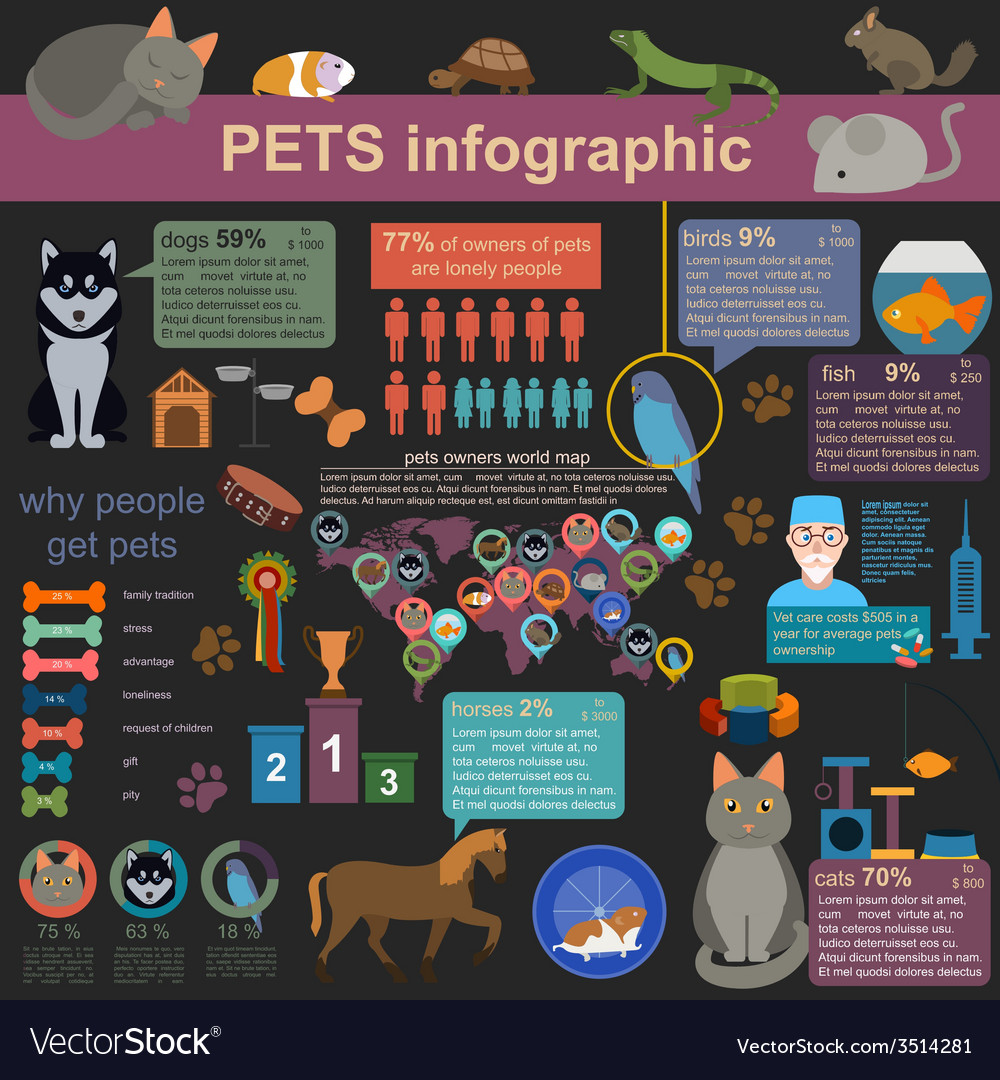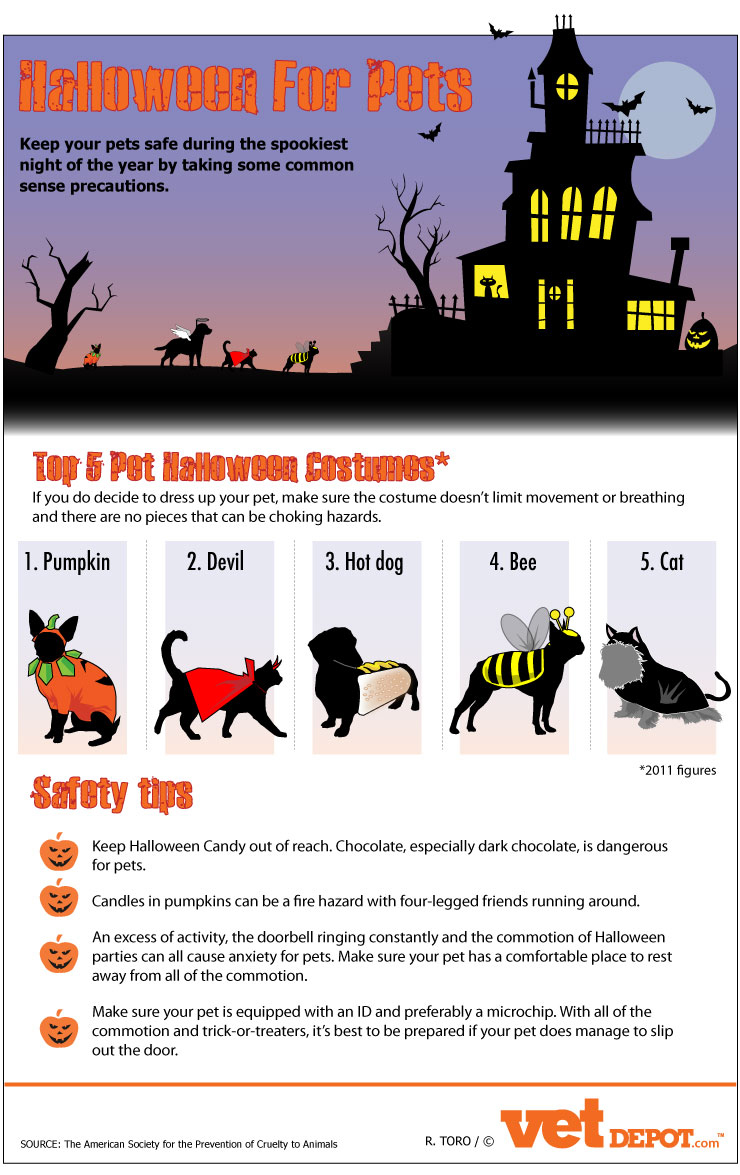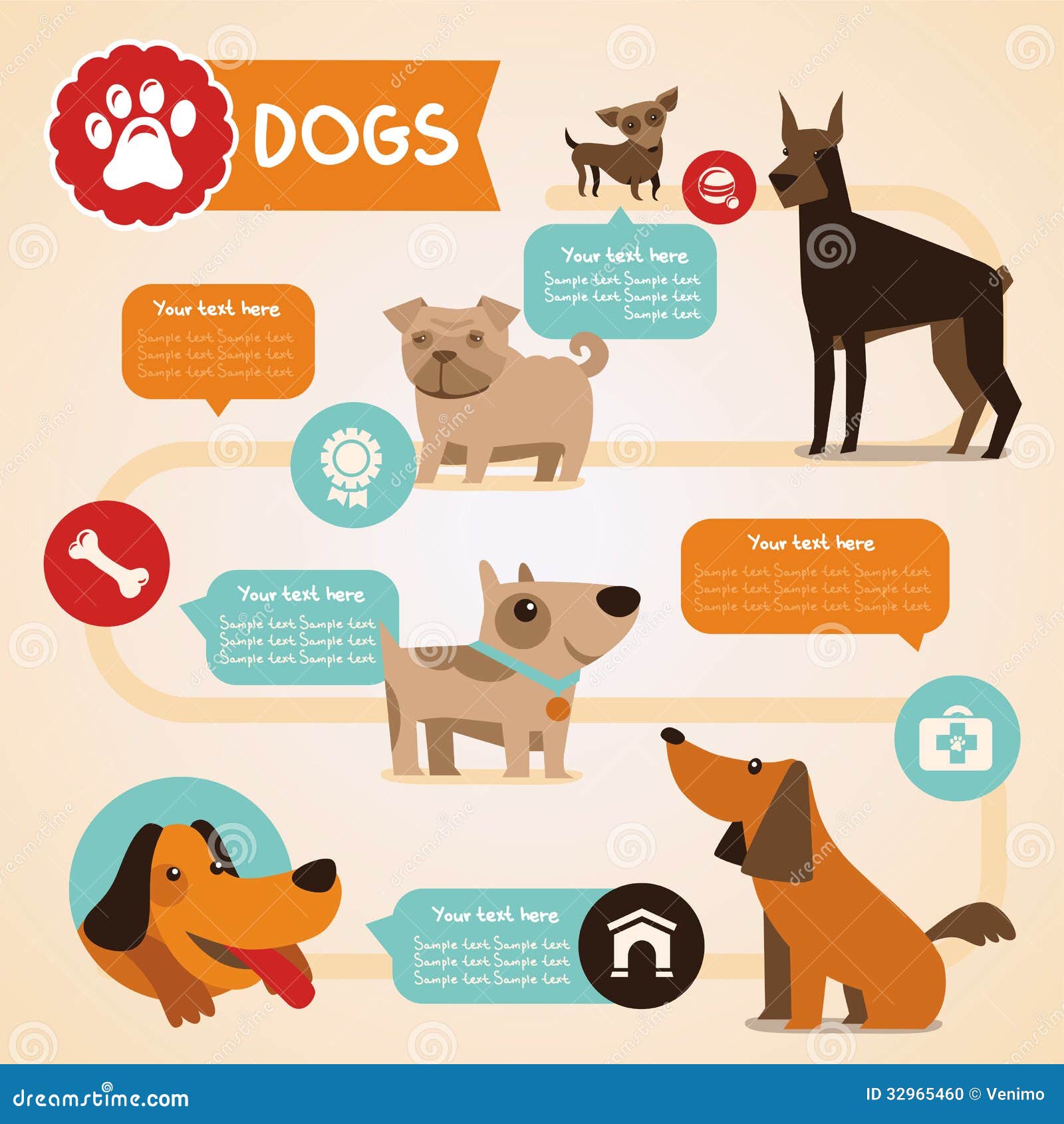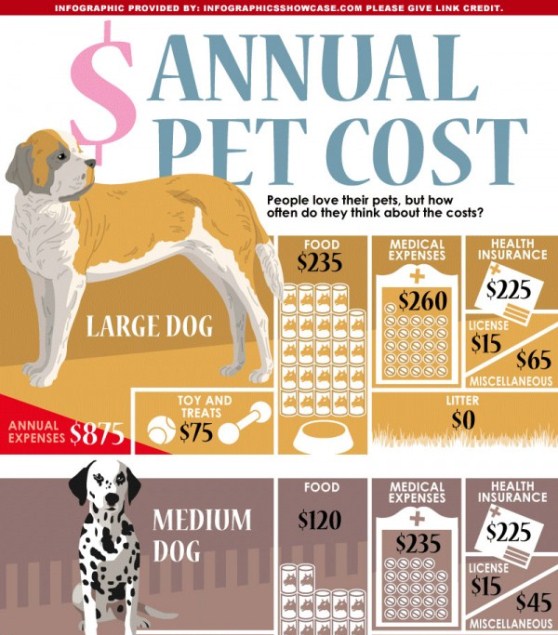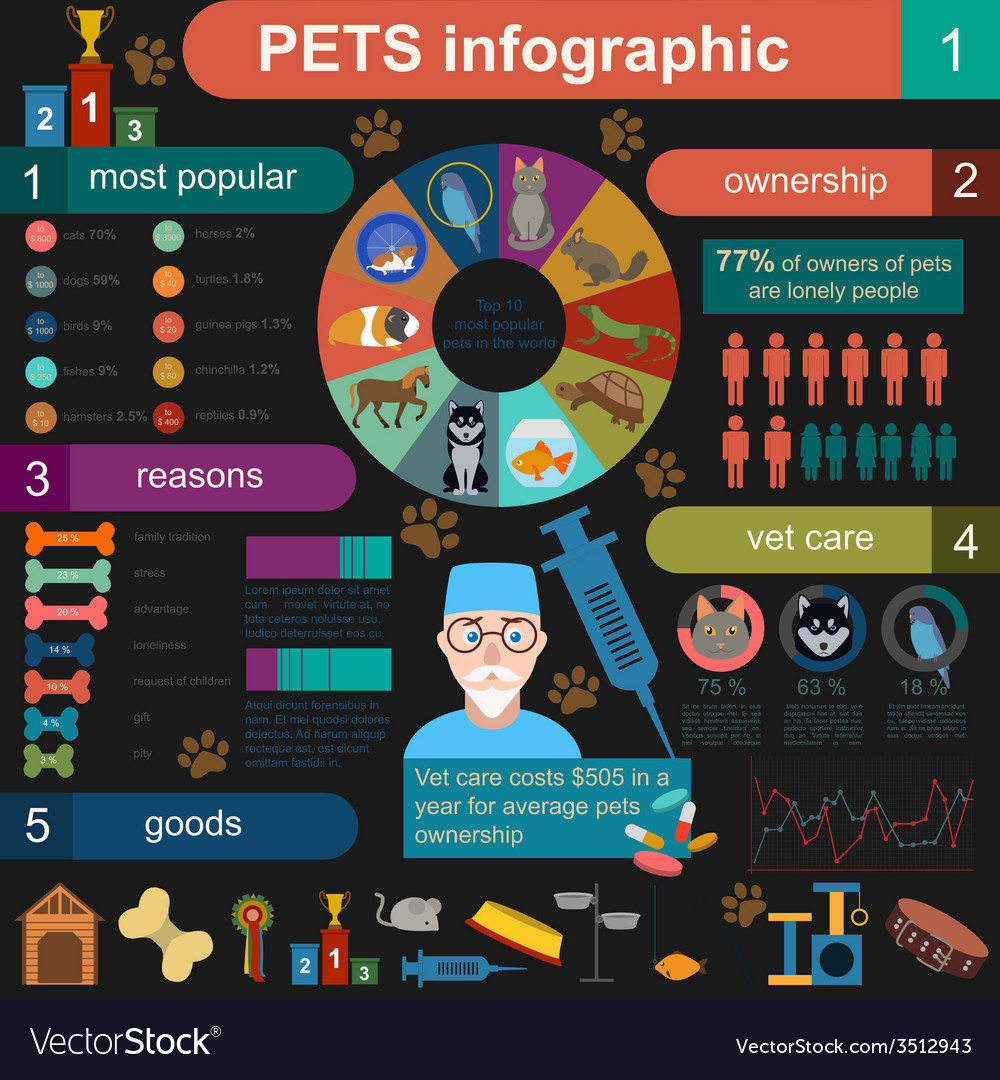Dog Daycare Air Filtration
Dog Daycare Air Filtration
Blog Article
Why Some Pets Obtain Banned From Childcare
Dog day cares are a necessity for many functioning animal moms and dads. Nevertheless, if your canine shows worrying behavior, you might be asked to eliminate them from the facility.
Some dogs get prohibited from day care due to hostile or extremely physical play that can create injuries to various other dogs. These behaviors include:
Aggression
Hostility towards various other pet dogs is an usual factor for restrictions. It can be caused by play, aromas, food bowls and other people (especially children). It is usually directed at one canine but may be redirected towards several canines. Typically, pet dogs that are hostile toward other canines are not good candidates for day care.
A canine can display aggression through barking, lunging, redirected behavior, too much posturing, bulges and various other hostile sorts of actions. This is not a typical part of a pet dog's personality and normally needs treatment before a day care facility will think about confessing.
Some canines are aggressive only toward certain groups of individuals such as vets, groomers, postal providers and various other individuals. This type of aggression can be a problem for many childcares due to the fact that it is usually impossible to avoid the targeted person or group.
Loneliness
Just like humans, pets can obtain lonesome. Solitude creates a strong need to re-connect and involve with others. When the pet dog is not able to link and participate in a positive means they will certainly seek more damaging outlets for their loneliness. This often takes the kind of playing harsh with other canines or acting possessive and hostile in the direction of their own toys.
Sadly, a childcare atmosphere does not always provide the best possibility to handle these sort of behaviors. For example, staff whose shifts transform on a regular basis have to kennel dogs quickly and without the moment or resources to observe them or to help reintroduce them back right into the group.
Similar to individuals who thrive in substantial groups at music events however find it a lot less complicated to sit alone at a low-key coffee bar, pet dogs have distinct choices regarding when, how and with whom they fraternize other animals. Eliminating them from a group they don't belong in is hardly ever going to educate them any type of different.
Over-stimulation
Overstimulation is when you really feel overwhelmed by sensory stimulations, like excessive noise or task. This can set off feelings of anxiousness and worry, and physical symptoms such as problem breathing.
It's a reason why some pets get banned from childcare - particularly those that have actually been required to be continuously switched on. They may appear irritable, stylish or confused and battle to concentrate. They might need to cover their ears or eyes, or avoid individuals and situations due to the fact that they're overstimulated by them.
Overstimulated canines might be leaping, barking, grabbing, scraping and even attacking out of context since they're incapable to soothe themselves down. This is often a hereditary trait or breed-trait and can be worsened by certain ecological elements. Maybe that they're overloaded with round chasing, rough play, recurring commands or just a lot of people at one time. They might 'go into active mode' throughout walks and require to be crated when they return home.
Excessive humping
Lots of dogs install and hump occasionally, however when it becomes extreme, it is a trouble. This behavior can be regarded as supremacy, displaced aggression or just exhilaration and is challenging to regulate in a daycare dog boarding and training atmosphere. If you have a pet who bulges other canines or individuals, try disengaging them from the scenario as soon as it starts by routing them away, turning your back or taking a seat. If necessary, utilize a timeout for one to three minutes in a quiet location. This will certainly help your puppy find out that this behavior is not permitted.
It is also vital to note that humping can often be the outcome of an underlying clinical concern such as urinary tract infections, allergic reactions, or skin problems that make the genital area itchy and excruciating. It is always a great idea to obtain a veterinary examination and ask your vet for their point of view. They may be able to offer some medical suggestions and suggest medication.
enter'>|